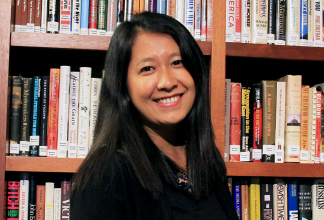The Price Burma’s Journalists Pay
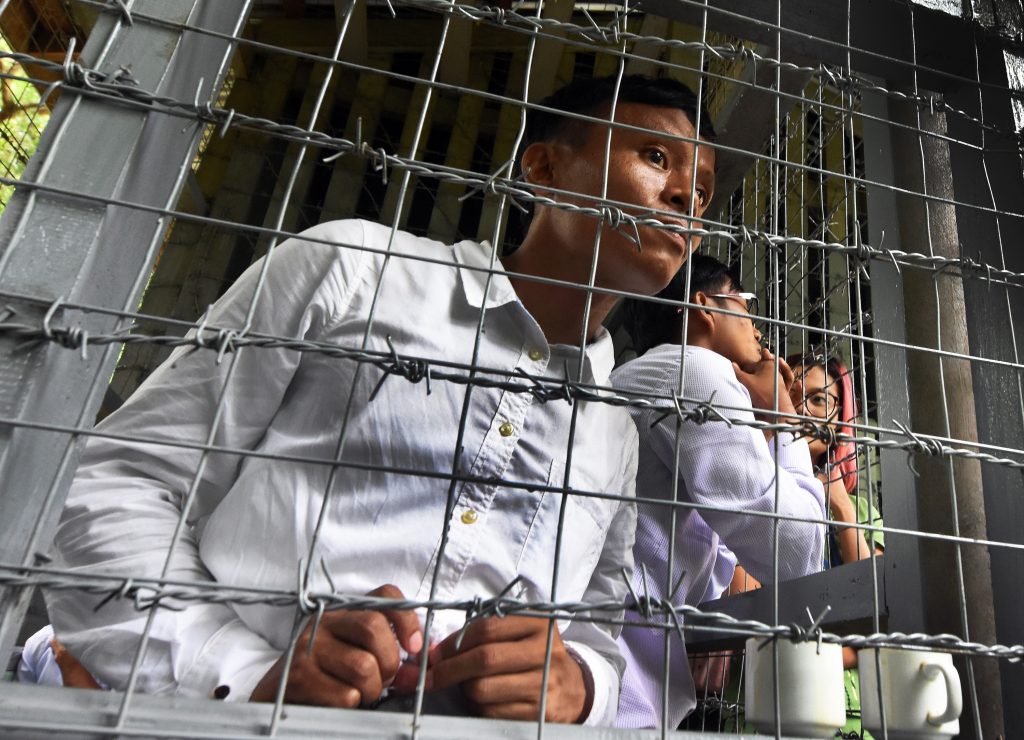
by Esther Htu San
“Don’t choose a career that will land you in prison.” That was my family’s first response when I told them that I was going to be a reporter. It was a fair warning, especially considering Burma’s history of criminalizing journalists.
My parents had watched Maung Thura, a well-known blogger and comedian, being sentenced to 35 years’ imprisonment for criticizing the military in 2008. A year later, in 2009, Hla Hla Win, a journalist with the Democratic Voice of Burma was sentenced to 27 years in prison for investigating the military’s violent crackdown on Buddhist monks during the 2007 Saffron Revolution. They were worried that if I became a journalist, I would end up in prison too.
Since the 2010 general election, which ended nearly five decades of military dictatorship, Burma’s media landscape has changed significantly. In 2012, the new government abolished the notorious pre-publication censorship board. It also granted private independent newspapers the right to publish. The number of new media outlets exploded. Journalists started writing articles about politics and important issues that previously would never have made it past the censors. At the same time, Burma’s political system was also changing and being democratized, receiving praise from the international community. These were major steps toward achieving press freedom in a country where the flow of information had long been controlled by the military.
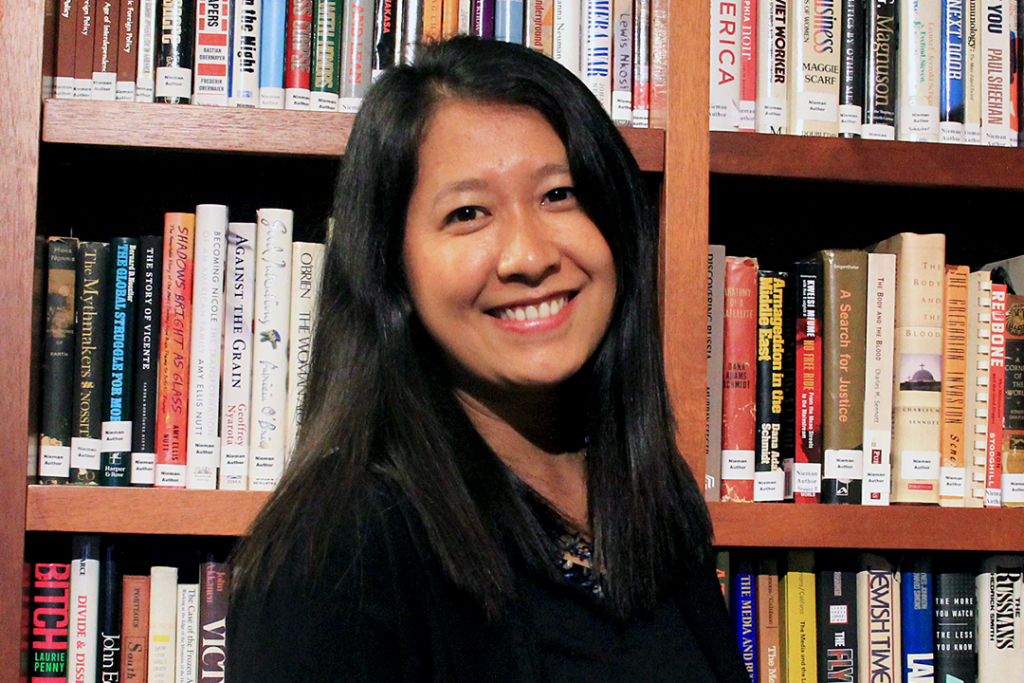
This transformation inspired me to become a journalist. I was eager to report on issues that I had seen in life but never in the news: the government’s persecution of political opponents and ethnic minorities, including the Rohingya; the conflicts with armed groups; and the human rights abuses. For decades, these stories had not been covered by the military-controlled government newspapers or on television. I started working with local media organisations and eventually the Associated Press, covering these and other issues, in what I thought was a new era for journalism in Burma.
In September 2013, I received the first of many reminders that press freedom in Burma was still sorely lacking. After three days of investigating the navy’s violent confiscation of more than 500 acres of farmland near Rangoon, I received a visit from a military intelligence officer. He came to my apartment to interrogate me but luckily, I was not home at the time. When my roommate told me what had happened, I fled to Shan State in the east of Burma and did not return home for two weeks.
The following year, the Burmese journalist community received a much graver warning of the limits of press freedom in the country. In October 2014, freelance journalist Ko Par Gyi, who was reporting on a conflict between the military and an armed ethnic Karen group, was brutally murdered while in military custody. He was tortured, shot five times, and then buried in a shallow grave.
“My husband was killed for reporting the truth about ethnic conflicts, going to dangerous places,” said Ma Thandar, Ko Par Gyi’s wife.
“For the family of a slain journalist, the price of journalism is losing a loved one forever.” The killing of Ko Par Gyi shook Burmese media deeply, breathing new life into a climate of fear and self-censorship that had reigned for decades.
Five years have passed since his murder, yet no military officer has been held accountable. Powerful individuals and institutions still operate with impunity. The rule of law remains weak. “I have tried everything I can to find justice for my husband,” Ma Thandar said, “but our legal system is flawed and does not favour journalists.”
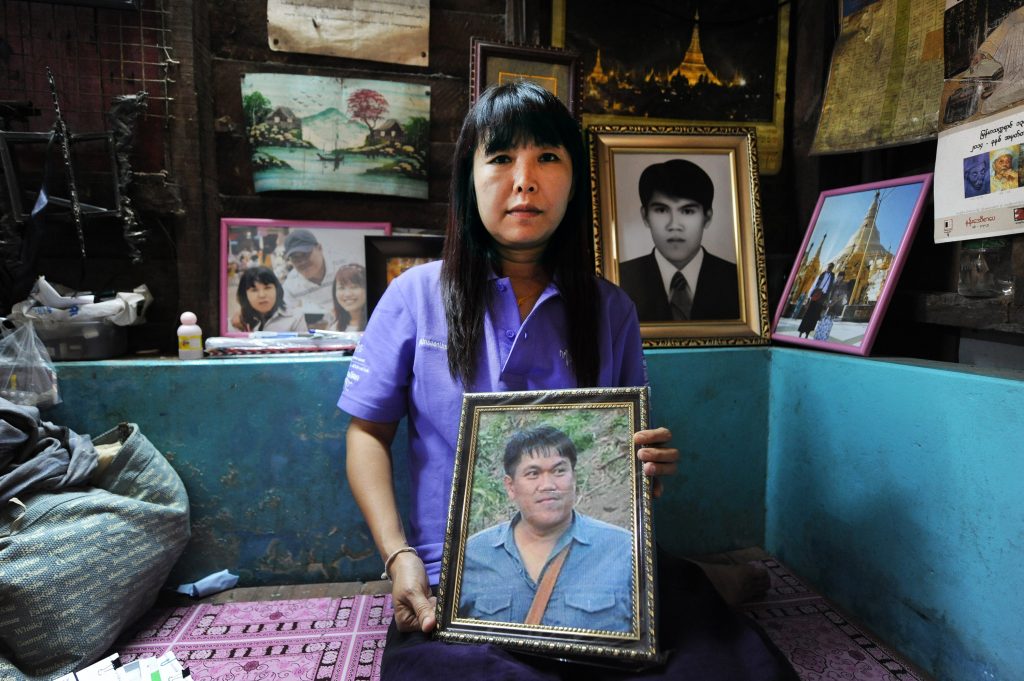
When Nobel Peace Prize Laureate Aung San Suu Kyi, who spent 15 years under house arrest, and her long-persecuted political party won a landslide victory in the 2015 election, many journalists and activists thought this would finally secure the press freedom for Burma they had sought for so long. But instead of abolishing oppressive laws that restricted free speech and the press, the National League for Democracy continued to prosecute journalists, political opponents, and even Facebook users criticizing the government.
In 2016 and in 2019, Phyo Min Thein, chief minister of Yangon Region and Aung San Suu Kyi’s confidante, detained and filed lawsuits against journalists of the Eleven Media Group, bringing criminal defamation charges against them under the Telecommunication Laws for writing about alleged corruption. Though both cases were later dropped, civil rights activists and journalists were alarmed by the civilian government’s intolerance of criticism.
In 2017, three journalists – Lawi Weng of Irrawaddy News as well as Aye Nai and Pyae Phone Aung of the Democratic Voice of Burma – were charged with “unlawful association” after interviewing members of a non-state armed group. When appearing in court, they were chained together like common criminals. The pictures sparked both a domestic and an international outcry about backsliding from the newly won level of press freedom. Aye Nai, who spent more than 60 days in prison, said: “Despite the price we must pay, we have to keep fighting for democracy and human rights.”
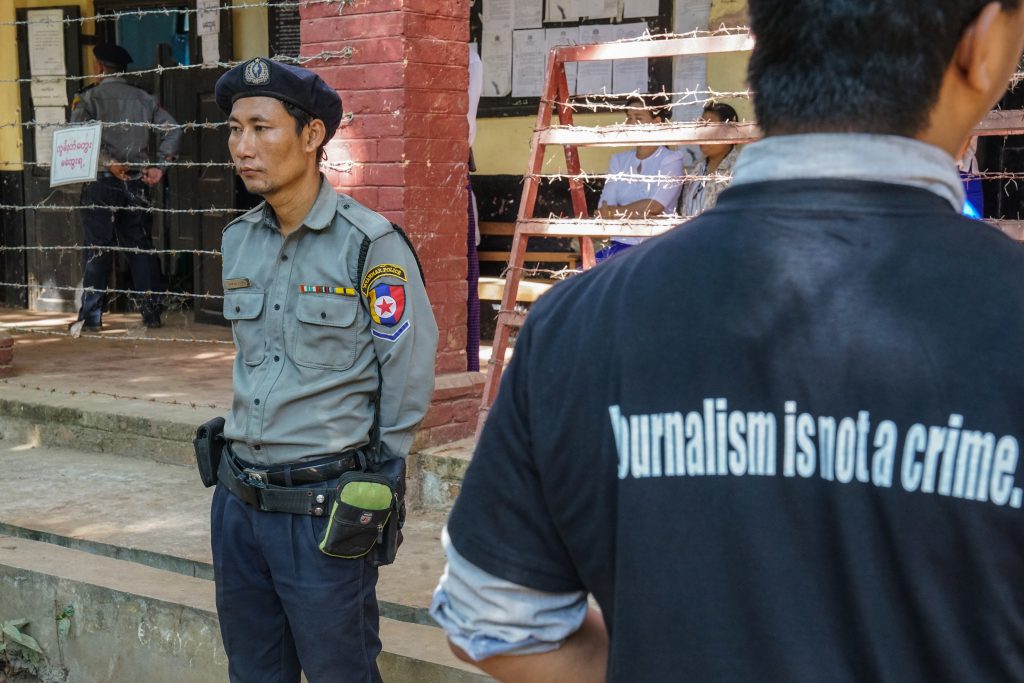
In August 2017, the Burmese military launched what it called a “clearance operation” against Rohingya Muslims in northern Rakhine State. Since these attacks, more than 740,000 Rohingya Muslims have fled to neighbouring Bangladesh. The United Nations and rights groups have accused the Burmese military of ethnic cleansing, but the government and the military insist they were only responding to attacks by Rohingya terrorists immediately preceding the military assault.
In the aftermath of these military attacks, the government and military ramped up threats of legal action to muzzle journalists while staging a campaign to deceive the press and the public about the atrocities that occurred. Journalists, like myself, who covered systematic human rights abuses perpetrated by the military against Rohingya and other ethnic minorities in Burma became a target. We were pressured to avoid criticism in our coverage and to “safeguard the national image”.
In a desperate attempt to disprove accusations of human rights violations against the Rohingya, the government organised state-sponsored trips for journalists in Rakhine State. They were trying to show that the military was only conducting a clearance operation against terrorists. On one trip in September 2017, we were offered photographs that showed Rohingya Muslims burning their houses before fleeing the country – or so the government claimed. We soon found out that the photographs had been staged, with Hindu villagers posing as Rohingya. Later on that same trip, we witnessed Buddhist villagers and security forces burning empty Rohingya villages, in direct contradiction to the government’s narrative. I reported about these incidents and other atrocities, as well as the government’s efforts to cover them up.
When some journalists, including myself, resisted the government’s pressures and continued to report the truth about the military’s abuse of the Rohingya, I started receiving both legal and death threats from the military on social media. Because of my reporting, I was called a “whore” and a “bitch” by members of the military as well as the general public.
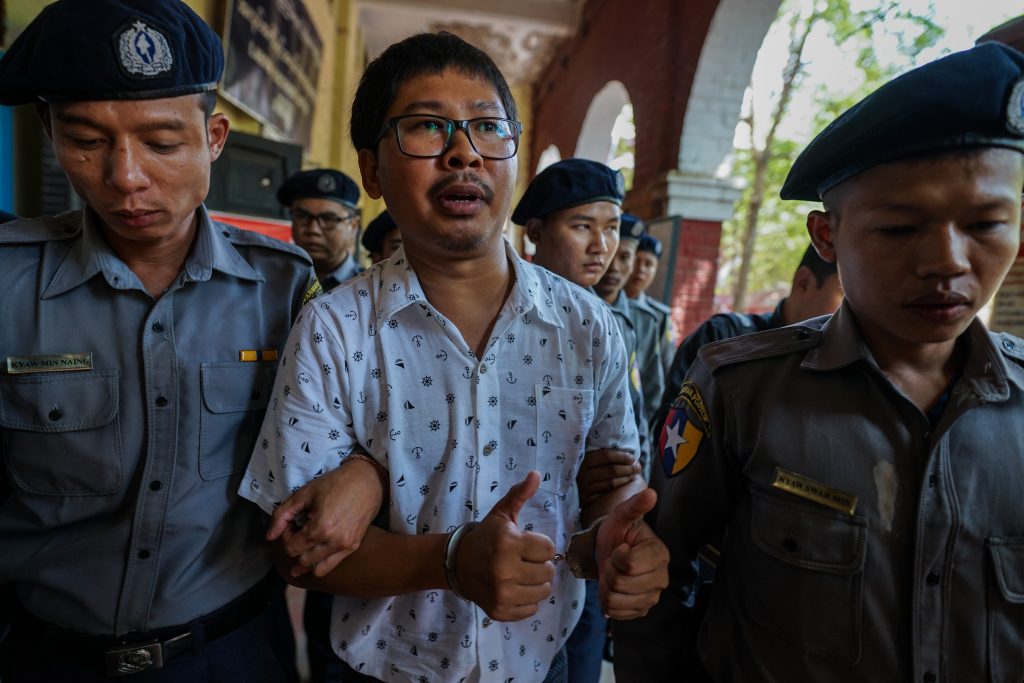
The government started demonizing journalists who covered the Rohingya crisis in the international media, portraying them as enemies of the public. This helped push the threats from the digital world into the real. On a late evening in October 2017, an unknown man was waiting for me at the end of my street. He shouted my name and followed me to my apartment building. I left Rangoon again, this time for a week and a half, fearing for my safety. Sadly, that was not an unusual incident for a journalist in Burma.
The next month, I received more threats from the government and a death threat from a high-profile nationalist, who accused me of intentionally damaging the image of the country’s civilian leader. My friends close to the government suggested I leave the country. They knew I was no longer safe in Burma.
As I walked up to the immigration officer at the international airport in Rangoon, it felt like I was taking a risk. I was unsure of whether I would be let out of the country or detained like Swe Win, the editor of the local online newspaper Myanmar Now, five months before me. Afterwards, I felt lucky to make it out of the country safely once again. Weeks after my departure, my neighbours in Rangoon called and told me that Burmese police had been going around my old neighbourhood asking about my whereabouts for days.
Two weeks after I left the country, the police framed and arrested two journalists from Reuters, Wa Lone and Kyaw Soe Oo, for investigating the killing of ten Rohingya villagers by the security forces. They were charged under the Official Secrets Act from the colonial era, which carries a maximum penalty of 14 years in prison. Both were sentenced to seven years. After being detained for more than 500 days, they were finally freed on May 7, 2019.
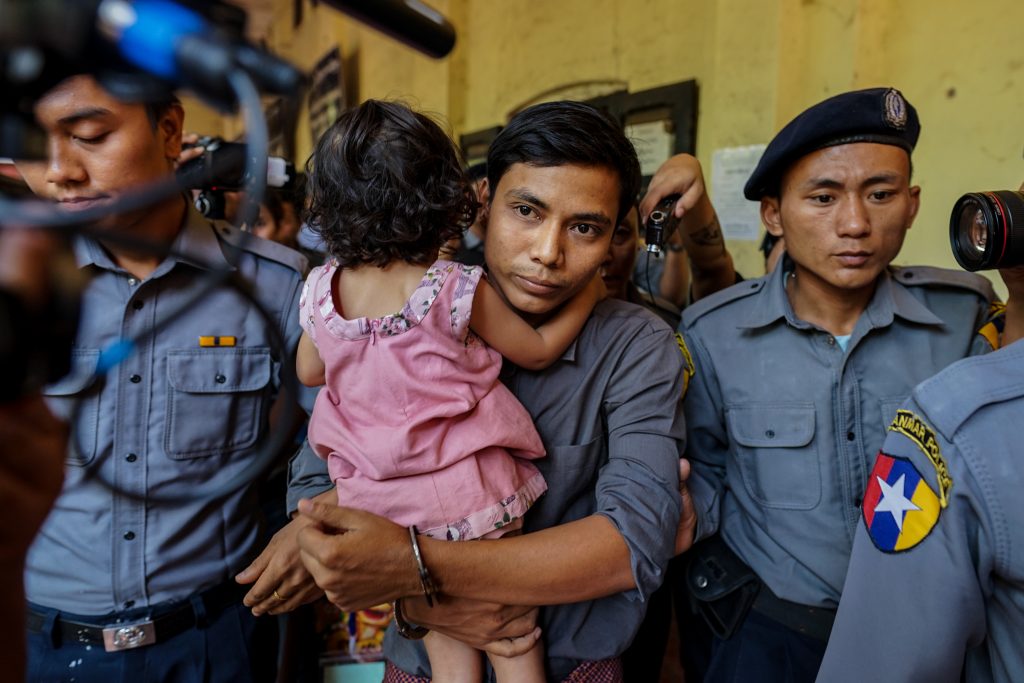
Burma’s journalists serve the public by shining a light on ongoing human rights issues and drawing attention to uncomfortable truths. They give the public the tools they need to make well-informed decisions, uncover wrongdoings, and push for change. Their work puts pressure on powerful people.
“Journalists in [Burma] face risks such as arrests and long prison sentences with no hope of a win in the courts,” said Myint Kyaw, joint secretary of the Myanmar Press Council.
“Because the plaintiffs are normally powerful people and the legal system favours them, it’s hard to find justice.”
For this, we pay a price: harassment, depression, trauma, imprisonment, and even death. I’ve suffered from post-traumatic depression and sleep deprivation. Right now, at least 44 journalists in Burma are facing criminal prosecution. According to Athan, an organisation which covers freedom of expression issues, hundreds of others have been charged for participating in peaceful protests or criticizing the government and military since Suu Kyi took office in 2016.
Ma Thandar is a widow now, raising her daughter alone since her husband Ko Par Gyi gave his life for his work as a journalist. “My husband was not a hero, but he was a responsible journalist who did not hesitate to tell the truth,” said Ma Thandar. “And this is the message other journalists should carry.”
